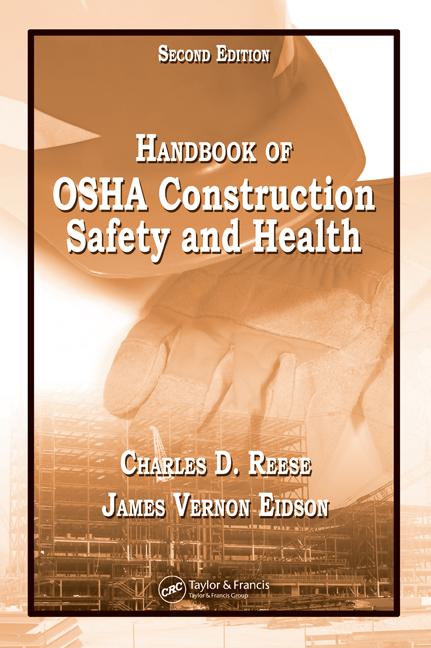 By Xiuwen (Sue) Dong, DrPH, Center to Protect Workers’ Rights
By Xiuwen (Sue) Dong, DrPH, Center to Protect Workers’ Rights
Nearly half a million (487,709) wage-and-salary workers in the construction industry had “green” jobs in 2011, a 26.4% increase from 2010. This indicated faster growth than any other industry in the U.S.; construction accounted for 19.4% of all green employment in the private sector that year.
Within construction, participation in green jobs differed among subsectors. Building Equipment (NAICS 2382) had the highest proportion of green jobs (11.9%), compared with only 3.7% in Land Subdivision (NAICS 2372). In addition, companies with 100 or more employees were more likely to provide training on green technologies than companies with fewer than 10 employees (27% vs. 18%). Companies that require OSHA-10 or OSHA-30 training were more likely to train workers on green technologies than companies not offering OSHA training.
Trends of green construction in the U.S.
Researchers obtained data on green construction from the U.S. Green Building Council (USGBC). In 2000, there were just two Leadership in Energy and Environmental Design (LEED) projects certified in the U.S. In 2011, 3,310 projects were certified, more than a six-fold increase since 2007 (522 certifications). Overall, about 11,000 projects have been LEED-certified in the U.S., and about 39,000 registered with the USGBC through 2011.
Among the U.S. owners of LEED-registered projects, almost half (46%) were corporate and other for-profit organizations between 2000 and 2011. Federal, state, and local governments also played a major role in promoting green building construction, accounting for more than 27% of the owners of LEED-registered projects combined. Green construction varied by state in terms of LEED-certified square feet per capita in 2011. The West had more than one-third of all LEED-certified projects in square feet (34.2%), followed closely by the South (32.9%). The Northeast had less than half the LEED-certified square feet of either region, with just 15.0%, and the Midwest also had a small portion of space (17.9%).
Green jobs in the construction industry
Researchers analyzed data from the first release of the BLS Green Goods and Services Survey (GGS). The initial findings showed more than 372,000 construction workers had green jobs in 2010, accounting for 7% of construction wage-and-salary employment. These construction workers held more than 16% of all green jobs that year. Within construction, participation in the green industry differed by subsector. The Building Equipment subsector had the highest number and proportion of green jobs (160,100 jobs, 9.9%) compared with only 2,400 jobs (4.7%) in Land Subdivision. The proportion of green jobs in construction also varied tremendously by state, with Michigan (12.2%), Ohio (12.0%), and Rhode Island (11.3%) having the largest shares. In contrast, only 1.6% of construction jobs in Alabama were green.
Hazards and exposures related to green jobs
Researchers linked data from the BLS Occupational Employment Statistics (OES) survey and the green occupational categories developed by O*NET. They estimated workforce involvement as well as hazards and exposures related to green activities identified in O*NET for construction occupations. In addition to workers who were directly involved in green jobs or green construction activities, they estimated that up to 90% of the construction workforce was employed in green-related industries.
Construction workers could have an increased fall risk from solar or wind power construction, skylights, or atriums; and workers could also be exposed to more hazardous materials from weatherization. In addition, cement masons, concrete finishers, terrazzo workers, and insulation workers could be exposed to hazards such as silica, coal ash, or toxic nanomaterials from green building materials. Moreover, construction laborers could be exposed to injury hazards (e.g., sprain and “struck-by” hazards) as well as hazardous materials due to increased
Source: CPWR



